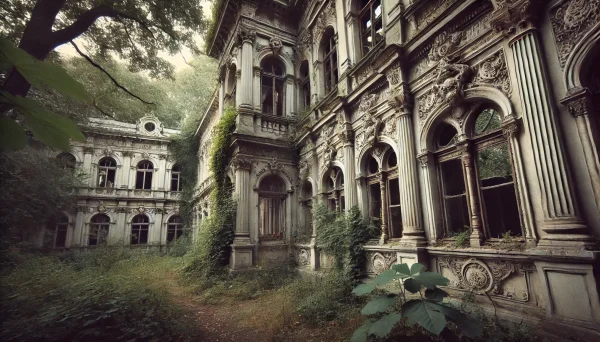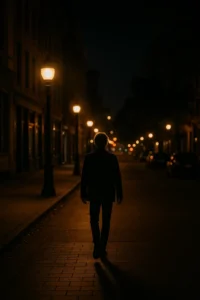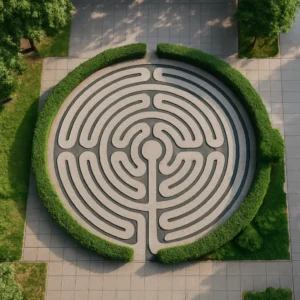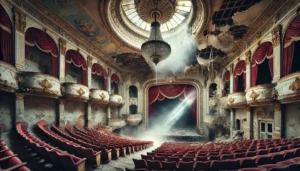Scattered across cities and countrysides are grand buildings once filled with life, now quietly fading into the past. These historic structures—mansions, theaters, churches, factories—were once icons of their time. Today, many stand abandoned, their facades cracked and walls crumbling, holding onto memories long lost. These forgotten buildings are more than decaying ruins; they are silent witnesses of history, culture, and human ambition.
Echoes of Grandeur
Many historic buildings were once architectural marvels, designed with intricate details and built with pride. From Gothic cathedrals to Art Deco hotels, these places showcased the peak of design, wealth, or spiritual devotion. But as cities expanded or economies shifted, some buildings were left behind—too expensive to maintain, too far from the new city centers, or simply replaced by modern infrastructure.
Lost Theaters and Concert Halls
Once the heart of entertainment and culture, many old theaters and opera houses now sit in silence. Dust-covered seats, broken chandeliers, and faded velvet curtains remain as relics of an era when the stage was the center of public life. In cities like Detroit, Havana, and Berlin, some of these venues still wait for restoration, while others continue to deteriorate.
Factories of the Industrial Age
The rise of industrialization brought massive factories and warehouses that powered economies and provided jobs for entire communities. As industries declined or moved overseas, many of these structures were shut down. What remains are towering brick shells, rusting machines, and graffiti-covered walls—a visual reminder of a world that once thrived on iron, steam, and sweat.
Forgotten Homes and Mansions
Some of the most haunting abandoned buildings are former homes—grand mansions, colonial estates, or simple family houses. Left to decay due to inheritance disputes, financial decline, or political turmoil, these homes are time capsules filled with forgotten belongings, photographs, and furniture. They tell deeply personal stories of those who once lived and loved within their walls.
Religious Structures Left Behind
Churches, mosques, synagogues, and temples have long served as community anchors. But as populations shift or religious practices evolve, some of these spiritual places are abandoned. Their silence feels especially powerful—altar candles long extinguished, stained glass broken, the echo of hymns replaced by birdsong and wind.
Political and Institutional Ghosts
Government buildings, hospitals, and schools have also been left to decay. In former Soviet republics, entire military and administrative complexes remain empty. In some cities, old psychiatric hospitals, once centers of controversial treatments, are now chilling relics. Their abandonment often stirs both curiosity and discomfort, reflecting society’s changing values and priorities.
Nature Takes Over
In the absence of people, nature reclaims what once belonged to it. Vines crawl through broken windows, trees grow through floors, and wildlife returns. This merging of architecture and nature gives these places an eerie but beautiful atmosphere, turning ruins into living sculptures.
Why We Forget—and Why We Remember
Many of these buildings are forgotten due to lack of funding, interest, or awareness. Yet for urban explorers, historians, and photographers, they offer something irreplaceable: authenticity. They are unfiltered glimpses into another time. Some communities are now fighting to preserve these places, turning them into museums, cultural centers, or even boutique hotels. Others remain untouched, waiting quietly for someone to care.
Conclusion: Silent Monuments of the Past
Forgotten historic buildings are more than lost bricks and dust—they are echoes of the human journey. Though abandoned, they still hold meaning, beauty, and power. They invite us to pause, to listen, and to remember the stories etched into their fading walls. Preserving them, even in memory, is a way of honoring the lives and dreams they once sheltered.







